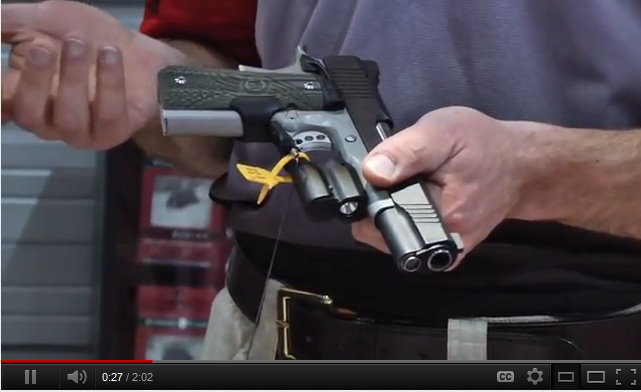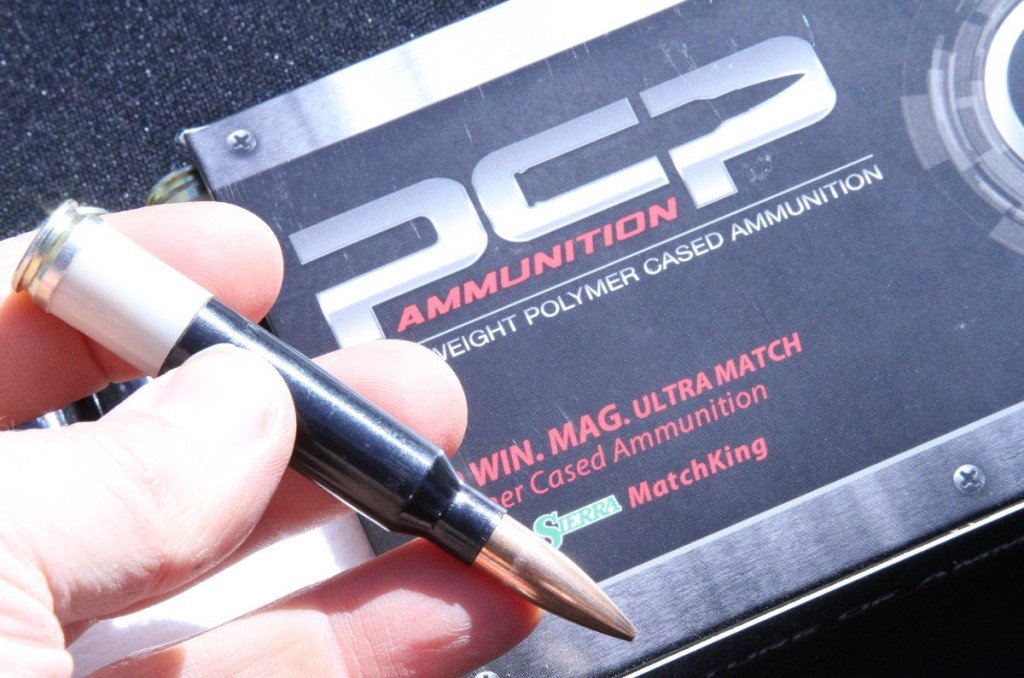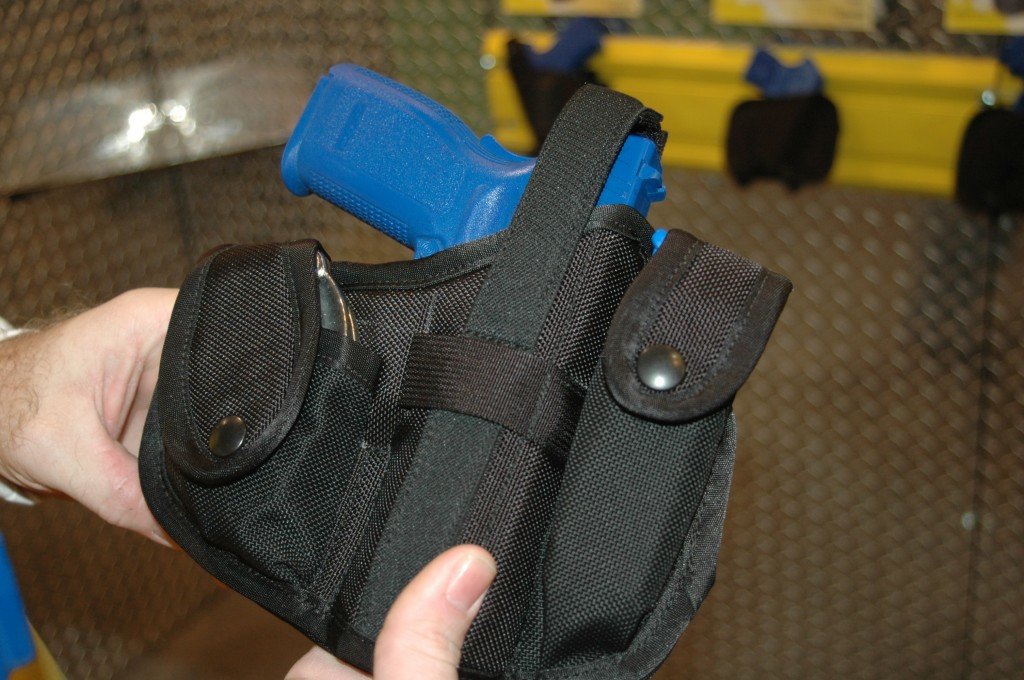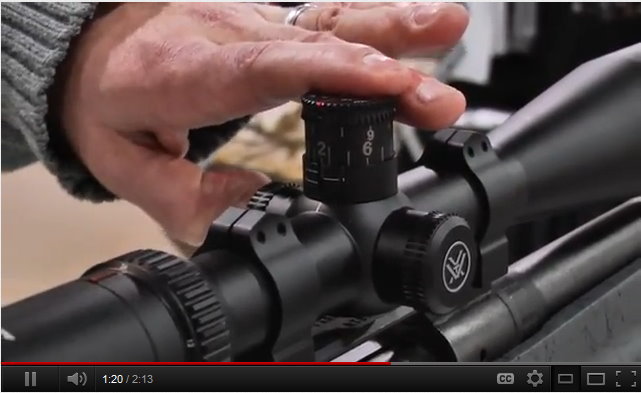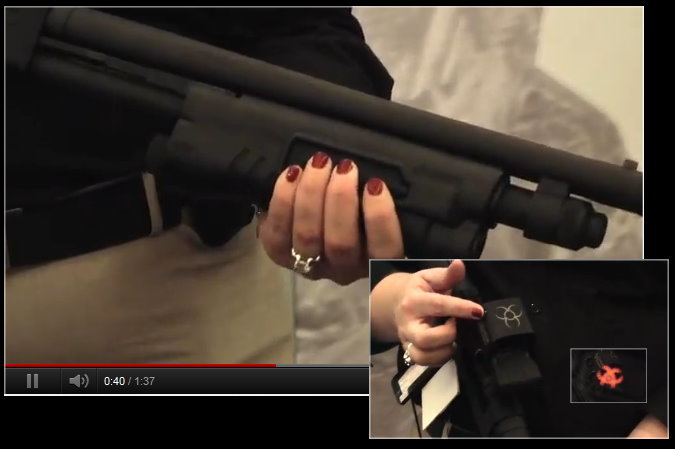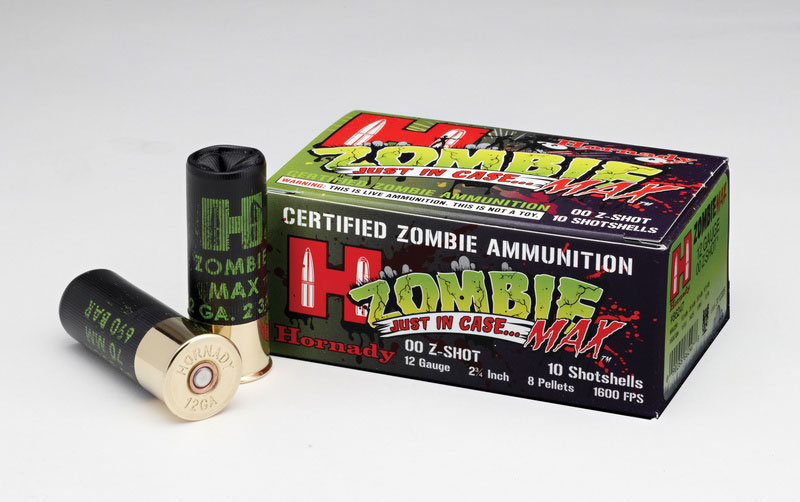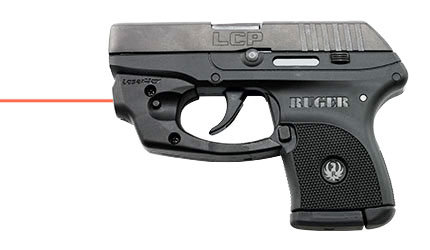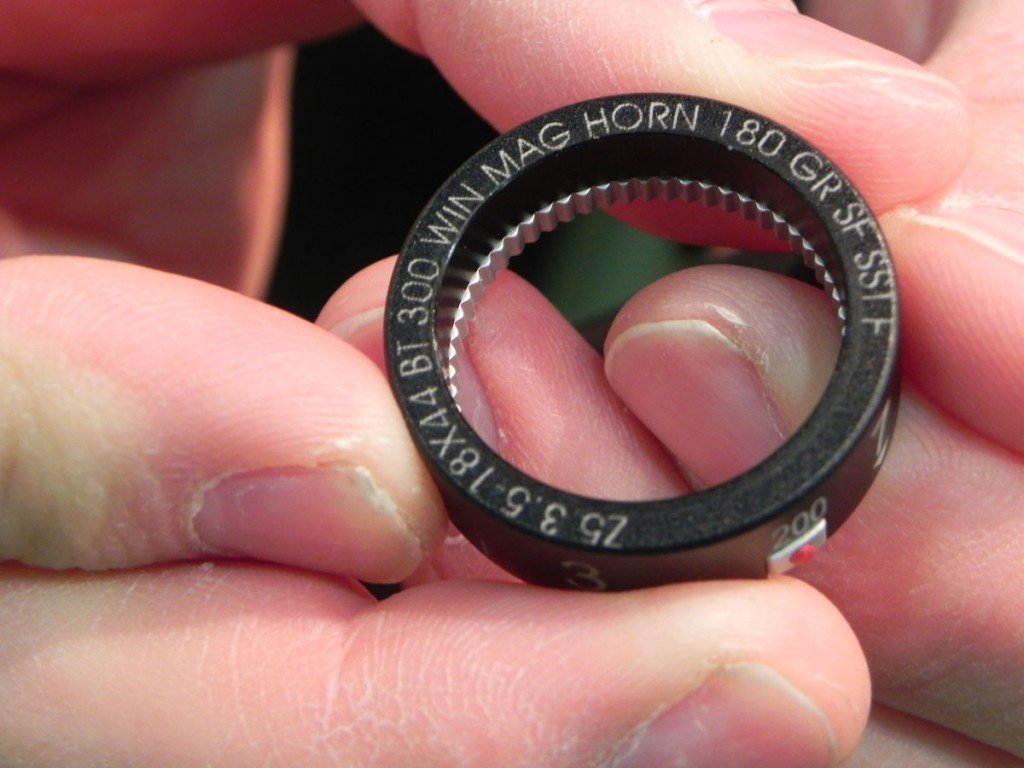Two new products from Crimson Trace for 2012. The first is a light for 1911 style pistols that mounts on the trigger gaurd with no gunsmithing. And a first for CT, a rail mounted laser that is not the wrap grip we are all used to from them. It is really slim and snag free and worth watching for the video. Cool new stuff from Crimson Trace, the professional choice for weapon mounted lights and lasers.
GunsAmerica Blog Product Reviews – Accessories and Gun Related items
Show First
1911 Light from Crimson Trace & New Rail Light for Pistols!
Published: January 25, 2012 { 10 comments }Plastic Cased Ammunition from PCP Ammo
Published: January 25, 2012 { 64 comments }This is a company we bumped into on Media Day before SHOT Show 2012, and they seem to have nailed the whole plastic cased ammo thing. It is a dream come true if it is what they say it is, but from what we could tell these were just test rounds made for the show. Hopefully we’ll see more of PCP Ammo, and hopefully the stuff works as good as it appears to.
CrossFire Holsters – A New Approach to Nylon
Published: January 25, 2012 { 11 comments }Made in USA with US materials, the Crossfire approach to holsters is different that other nylon holster companies, and they are a company you should check out. Ingenuity reaches across law enforcement, civilian carry, and even shooting bags, so check out Crossfire today.
Fiocchi Ammo Canned Heat, Cowboy Ammo, Rare Centerfires – VIDEO POST
Published: January 23, 2012 { 8 comments }Fiocchi has been our sponsor of the GunsAmerica Blog throughout the entire SHOT Show week. We are going to help them get the word out this year about their new and available “canned heat” line of ammo. They are hermetically sealed in a real can, with a dessicant pack, so they are ideal for long term storage, hunting trips into wet and sandy places, and even desert warfare. We have already used their new cowboy loads on a Cimmaron GunsAmerica Blog post recently, and we hope to go over the whole caliber availability as well (they even come in .32S&W). This video wraps up with some calibers you may not have heard of, and that is just the point. Fiocchi is the only producer of several obsolete calibers, so you can shoot and hunt with those old drillings and oddball European guns, not just look at them. It will be an exciting year for Fiocchi, and we hope to bring you more from them soon.
Vortex Crossfire, Red Dot, Viper HS LR – VIDEO POST
Published: January 23, 2012 { 13 comments }Vortex Optics is one of the best buys in riflescopes, and they are bringing a new level of clarity and reliability to their well under $200 CrossFire line. They also have a new Razor Red Dot for 3-Gun and tactical applications, and coming in the fall, a first focal plane Viper LS HR with customizable turrets to your ballistics. We hope to get one of each this year for testing, because everything we have ever seen from Vortex is really fantastic. Check out this video from Vortex on the SHOT Show 2012 floor.
EOTech Rem. 870 & Moss. 500/590 Forearm + Zombie Sight – VIDEO POST
Published: January 22, 2012 { 8 comments }Eotech is a name we have all trusted for many years, and this addition of a shotgun forend is pretty exciting. It fits the Remington 870 and Mossberg 500/590 line of pump guns, and I can’t imagine a homeowner who wouldn’t want this ambidextrous wonder. Also a new version of their holo-sight in Zombie garb, nifty beans!
Hornady Critical Duty, Zombie Max New 2012
Published: January 22, 2012 { 8 comments }The new Hordady Zombie Max ammo gets a lot of attention, but the real story this year from America’s finest ammo maker is Critical Duty, a new handgun ammo for barrier penetration. Read the article and check out the video on what’s new from Hornady for 2012.
LaserMax for Ruger LCP/LC9
Published: January 22, 2012 { 15 comments }Even though there were little .380 pistols on the market before it, the introduction of Ruger’s LCP set off a .380 buying craze to such a degree that there were localized ammunition shortages. These guns are now so prevalent among the concealed carry crowd that shooting schools are, for the first time I can recall, teaching specialized little gun tactics and courses. There are a lot of benefits to such a compact defensive package, but as with many things in life, to get something you have to give up something.
Leapers / UTG Now Made in the USA
Published: January 20, 2012 { 16 comments }Many of you out there are familiar with the company known as Leapers or UTG. They are well known for selling firearm accessories such as mounts, lights, and optics. This year they came to SHOT with more gear than ever, taking up quite an amount of space in the hall. I was looking through it, and there is something for everybody.
What you may not know about Leapers, is that they are all American owned, and continue to transfer ever growing amounts of manufacturing here to their Livonia Michigan address. Any work done outside the US is in Taiwan, and is completely owned by UTG / Leapers. Their people make it and inspect it. And above all else, I’ve found these products to be quality made, and at a substantial savings. (My police department even uses their gear on our issued rifles, and has been very pleased.)
Swarovski CBT Turrets and EL Range Binocs
Published: January 20, 2012 { 7 comments }I did a study not to long ago tracing the average group size of Remington Model 700 rifles over the past 50 years and found that, at least for Remington 700s, factory, centerfire, bolt-action rifles have become progressively more accurate. It’s no wonder, then, that everyone seems to want to shoot at longer and longer ranges. Scope manufacturers are doing everything they can to make long range shooting easier, and Swarovski is no exception. This year they showed a neat little replacement turret cap called a Custom Ballistic Turret that for $99 turns any Swarovski ballistic turret scopes into a long range marvel.

